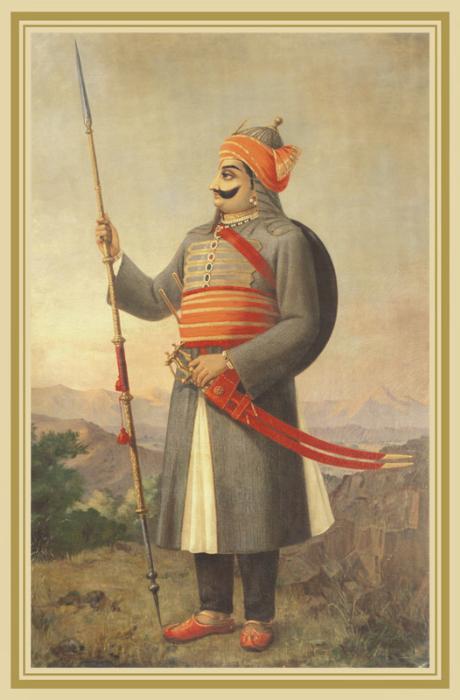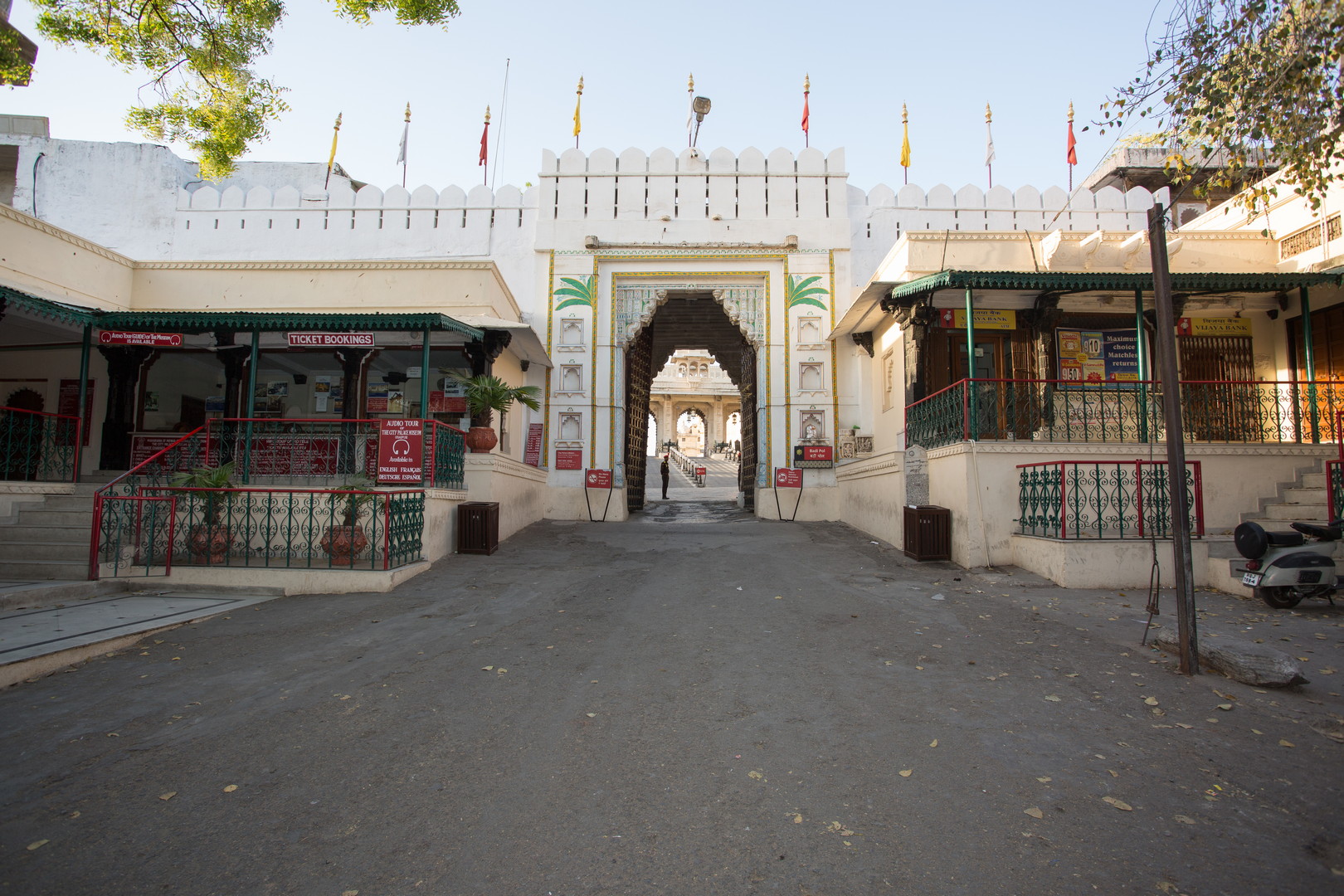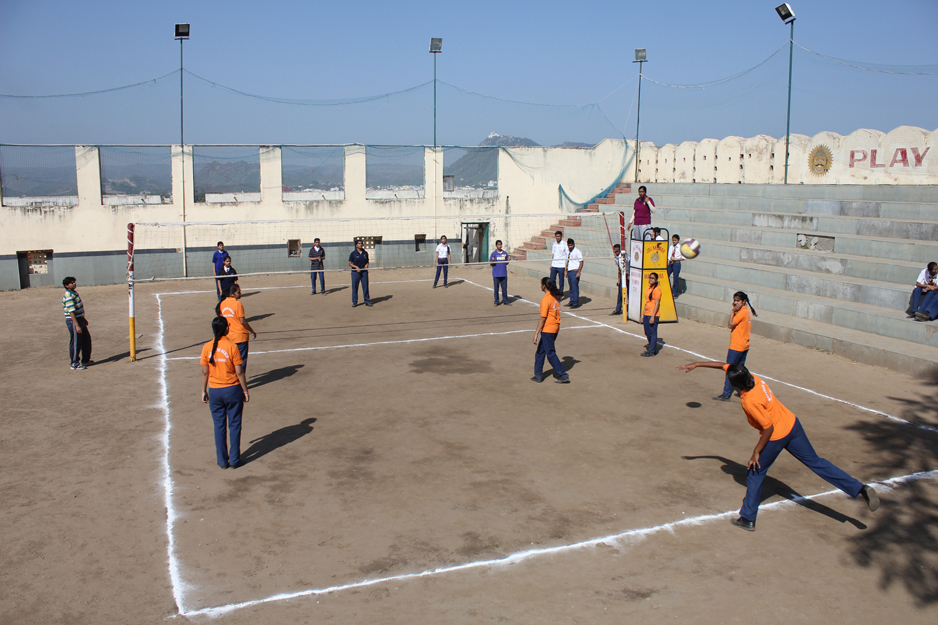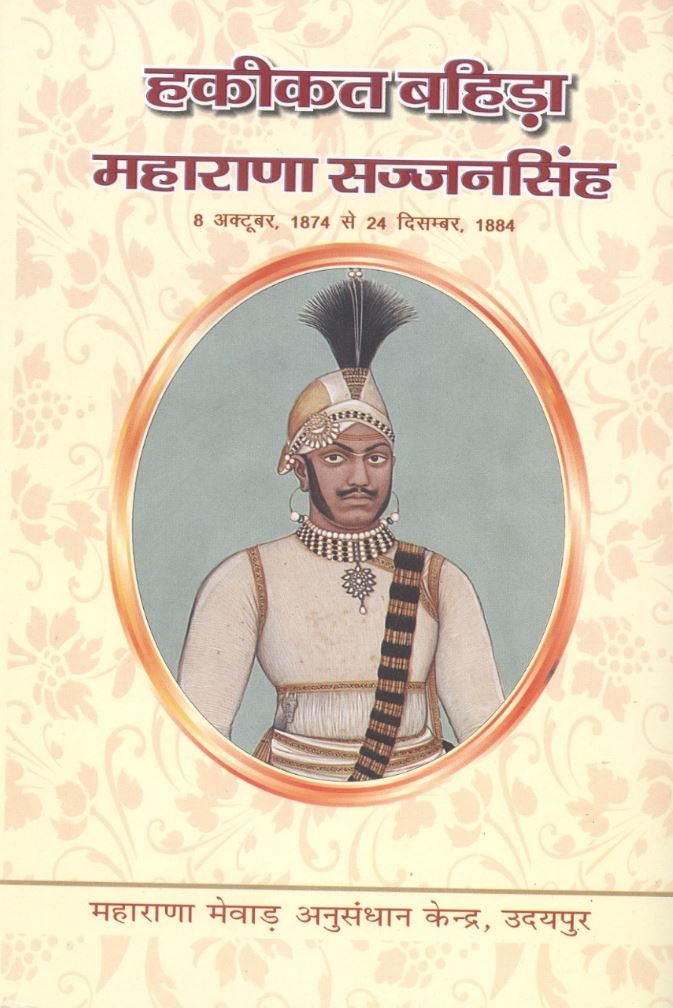
The History of Mewar Paintings
Posted by Admin on Friday, November 11th, 2022
In the 1500 years rule of Guhil and later Sisodia rulers of Mewar, art and culture was flourished and special importance was given to paintings. According to the contemporary text in the book ‘Buddhism in India by Lama Taranath’, Rawal Shiladitya (r. 646-661 CE) patronized the artist Shrirangdhar in 7th century and the Mewar was the center for old West-Indian school of painting.
After that various ancient Prakrit literatures described about painting and painting styles. According to the ‘Samraichhkaha’ authored by Haribhadra Suri, Bhushan and Chitramati were painted Kusumavali series under the patronage of Mewar Court in 8th Century. During the reign of Rawal Jaitra Singh (r. 1213-1252 CE), many Jain illustrated text like Shravak Pratikraman Sutrachurni were written by Jain Scholars. There are stray references to the art of painting in the Jain illustration ‘Samraichhkaha’ authored by Haribhadra Suri in 7th Century. And in the 8th century Kusumavali series was painted under the patronage of Mewar Court. During the reign of Rawal Jaitra Singh (r. 1213-1252 CE) and his son Rawal Tej Singh (r. 1252 – 1273 CE) many Jain illustrated text like Shravak Pratikraman Sutrachurni were written by Jain Scholars.
During the reign of Maharana Kheta Singh (r. 1364-1382 CE), Gogunda and Delwara became the trade and cultural center of Mewar. The oldest manuscripts of Mewar painting include the ‘Supasanachariyam‘ and ‘Suparsanatham‘ were painted around 1428 CE. These manuscripts showcased the traces of Apabhransa painting style, which can be identified with projecting eyes. The Mewar style, as a distinct school, emerged by the end of 15th century. Pandit Bhishmchand and Pandit Ramish wrote the manuscripts illustrated texts ‘Rasikashtak’ and ‘Gita Govind Akhyika’ under the patronage of Maharana Kumbha (r. 1433-1468 CE) at Gogunda. During the medieval era, Mewar passed through a turbulent period of political unrest, yet, the Rajput rulers went on patronizing the art and in fact helped it to grow up into distinct style. The real beginning of a polished style of Mewar painting started in 1571 CE.
Maharana Udai Singh (r. 1537 -1572 CE) and Maharana Pratap (r. 1572-1597 CE) are also known to have given patronage to the artisans and craftsmen. Chavand Painting School started under the patronage of Maharana Pratap and Maharana Amar Singh I (r. 1597-1620 CE). Nisaradi, the painter, who illustrated the famous Ragamala miniature painting series in 1605 CE.
Under the reign of Maharana Jagat Singh I (r. 1628-1652 CE), the Mewar painting style reached its highest glory. In these era paintings were bright and brilliant red, orange, green, bright blue colours were profusely used. First manuscript painting project was initiated by Maharana Jagat Singh I who commissioned the artist Sahibdin. After the demise of Maharana Jagat Singh I, Maharana Raj Singh’s I (r. 1652-1680 CE) patronage of manuscript painting begun and thus after his accession he got completed the Ramayana Series, which was started by his father Maharana Jagat Singh I. Initially, three independent painting style of workshops continued at Udaipur commissioned to Sahibdin, Manohar and Deccani Painters. Sukarakshetramahatmya series (1655 CE), Sur Sagar (1655 CE), Raga Malkaus – Ragamala (1660 CE), Gitagovinda series (1665 CE), Bhagavata Purana Series (1665-70 CE), Gajendramoksha series (1680 CE), Eklingamahatmya series (1680CE) were illustrated during his reign.
Maharana Jai Singh (r. 1680 -1698 CE) also took a great interest in manuscript illustrations. During his reign Mewar Painting School continued to follow the model of Sahibdin and Manohar School. Gajendramoksha series were completed during his reign, which initially was started by Maharana Raj Singh I. Mahabharata series (1690), Bhagavad Gita series (1690-1700), Raghuvansa series (1690-1695), Kadambari series (1690-1695), Panchtantra series (1690-1700) and Prithviraj Raso Series (1690) were illustrated during his reign.
To continue the tradition Maharana Sangram Singh II (r. 1710-1734 CE) constructed the Chitram ki Burj and Maharana Bheem Singh (r. 1778-1828) completed it. After that Maharana Jawan Singh (r. 1828-1838 CE) constructed Mukut Mandir above Baadi Mahal to be used as an atelier.
Maharana Fateh Singh (r. 1884-1930 CE) gave patronage to Raja Ravi Varma who painted the famous painting of Maharana Pratap.




